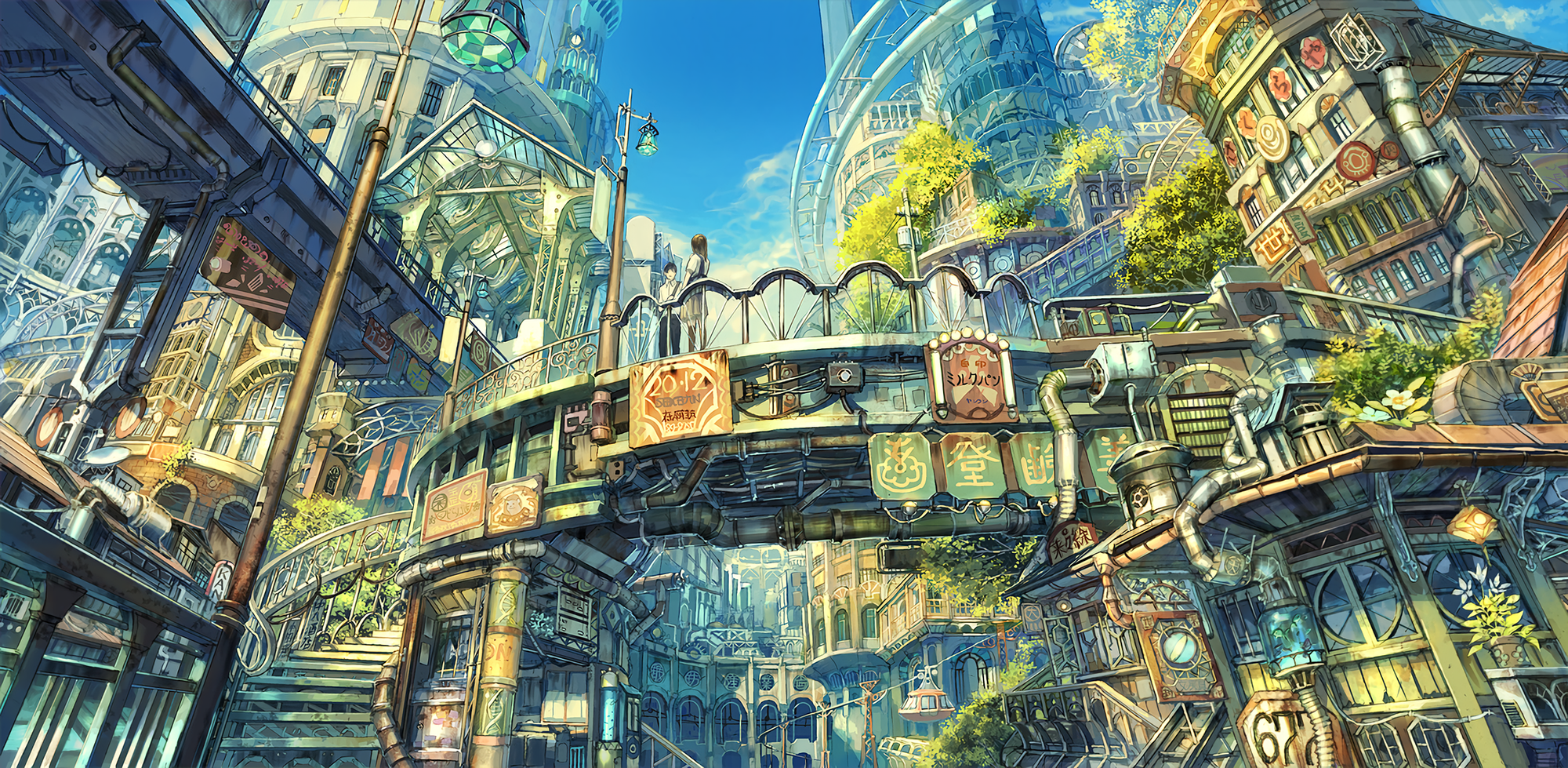ENVIRONMENT
Posts in "Environment"
Turning Garbage Into Energy
Future Floating Cities

Launching Today: “Atlas Of Utopias” – real-world examples by Transnational Institute
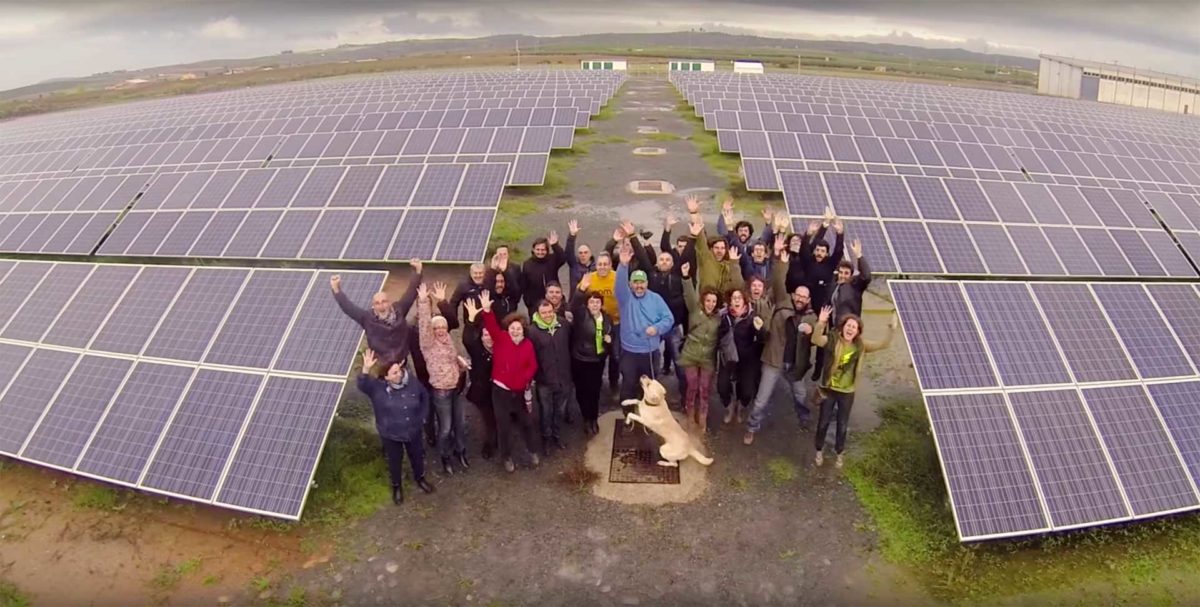
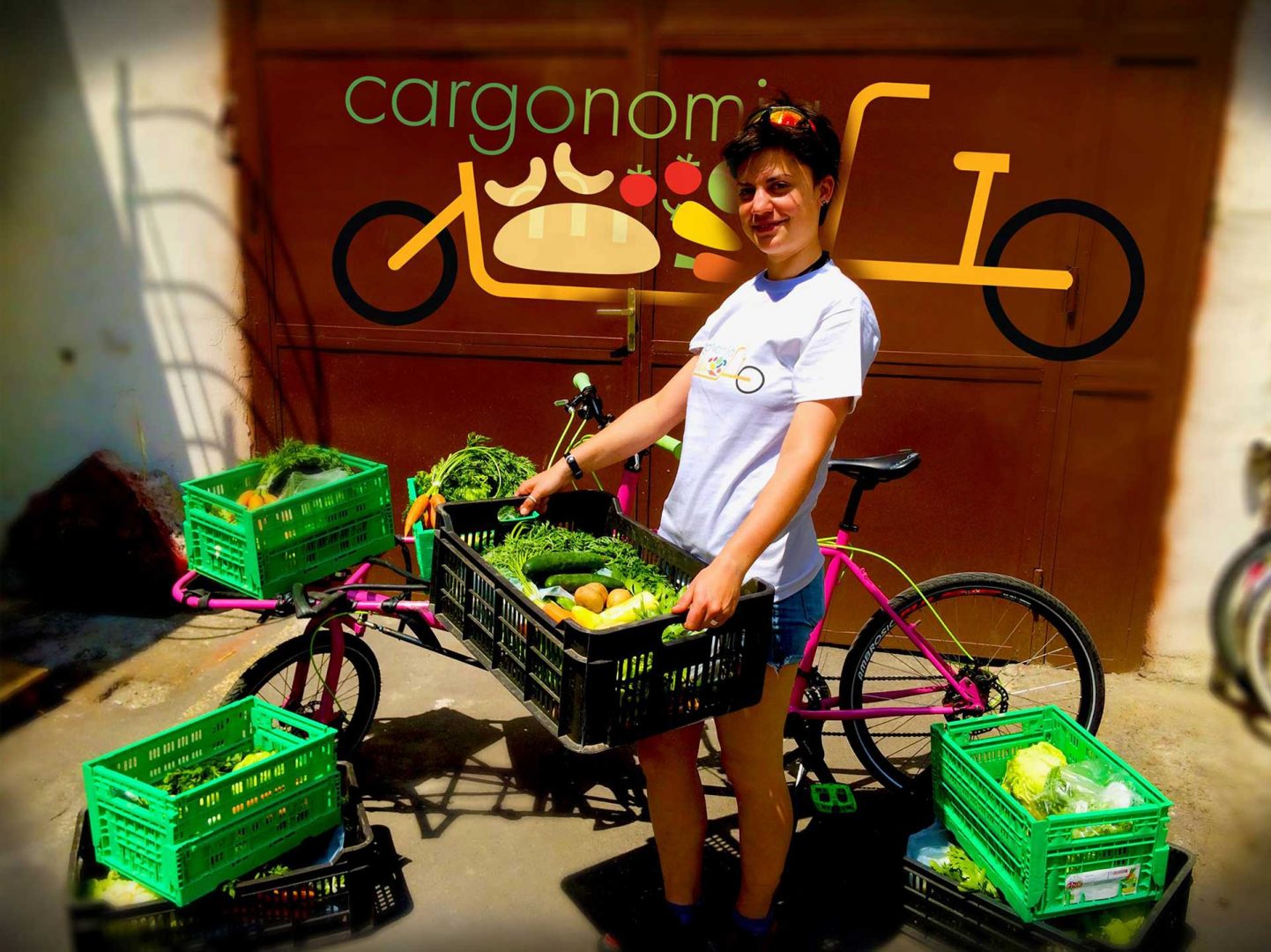
Worldwide, mayors are increasingly a progressive and fearless voice advancing bold agendas on climate change, welcoming refugees and trialling new forms of democratic participation. …
Can a group of cities really offer any fundamental solutions to a crisis created by the immense power of corporate capital?
To try and answer this question, the Transnational Institute in 2017 launched Transformative Cities, asking communities to share their stories of radical transformation, in particular in the areas of water, energy and housing. With hundreds of examples, these are now arrayed in an ‘Atlas of Utopias‘. http://transformativecities.org/atlas-of-utopias/
TNI also asks you to VOTE for your favorite of many examples, for an award to be announced June 06! More to come.
Japan’s Booze From Bark
Finland Has The Cleanest Air In The World
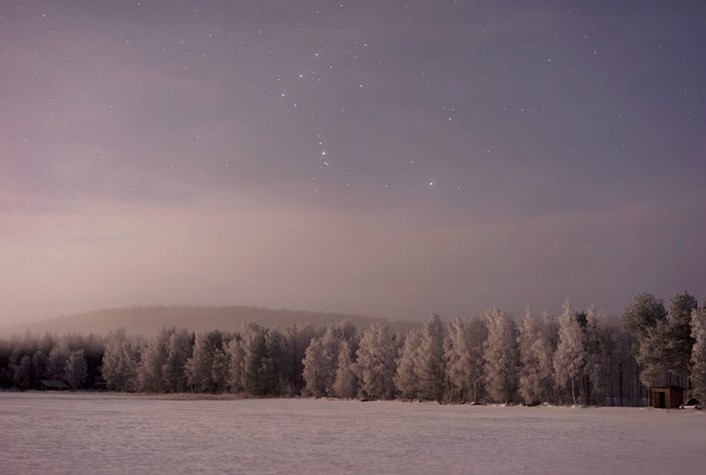
A Trillion Dollar Plan To Save The Planet
Resurrecting the ‘Tasmanian Tiger’ (Thyacline)
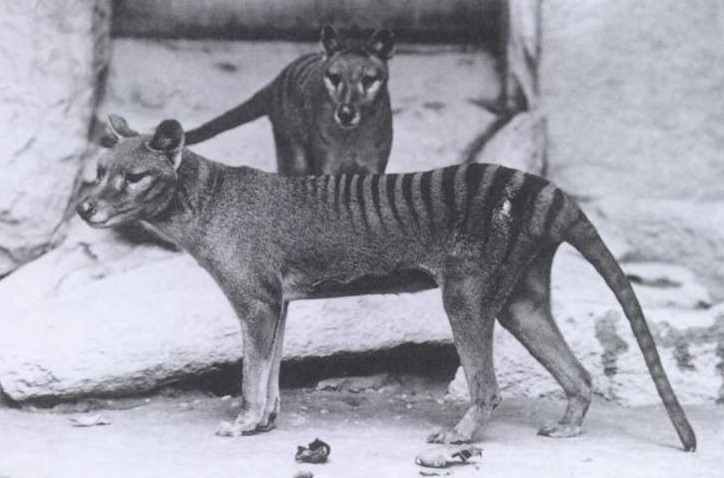
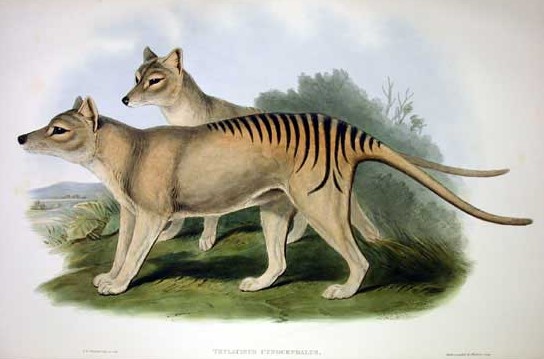
Andrew Pask, a biologist from the University of Melbourne, was part of a team who worked for 10 years to successfully sequence the entire genome of a Tasmanian tiger, also known as a thylacine, with the help of a four-week-old joey preserved in a different solution to other damaged specimens.” …
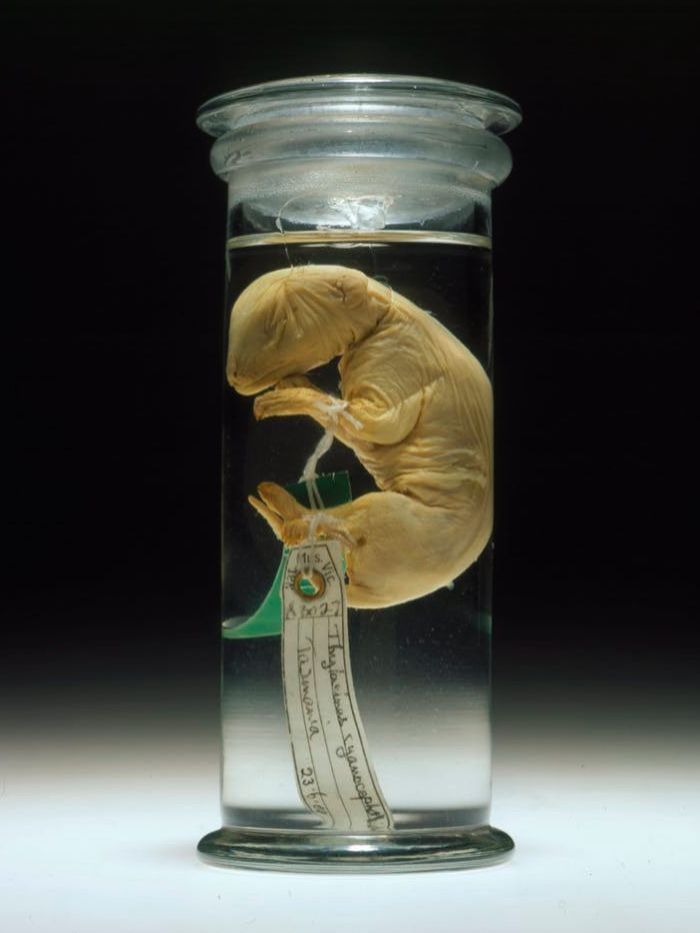
“It gave us so much information about what was unique about the thylacine. We learned more about its biology, we learned about its population structure over time, we also learned more about where it sits and how it related (biologically) to other marsupials” he said.
Images: Wikipedia, Museums Victoria: Benjamin Healley
It’s not green, it’s ‘Greener Concrete’
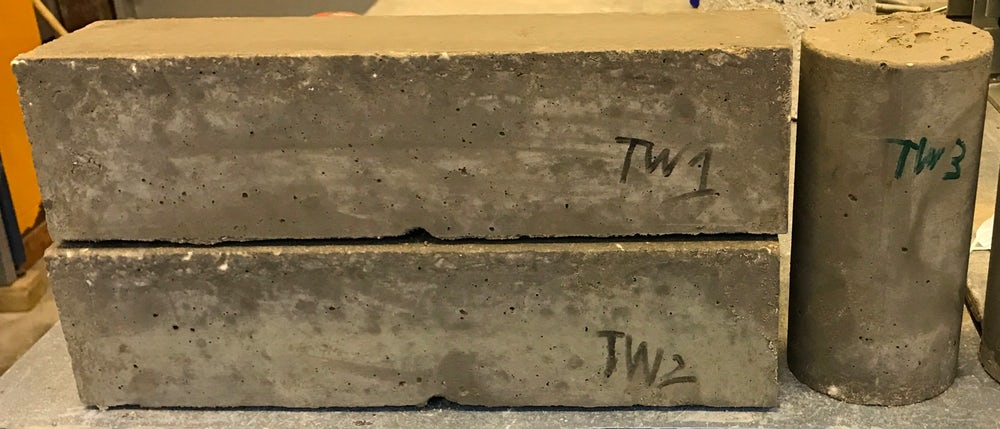
Algeria’s first eco-friendly desert city
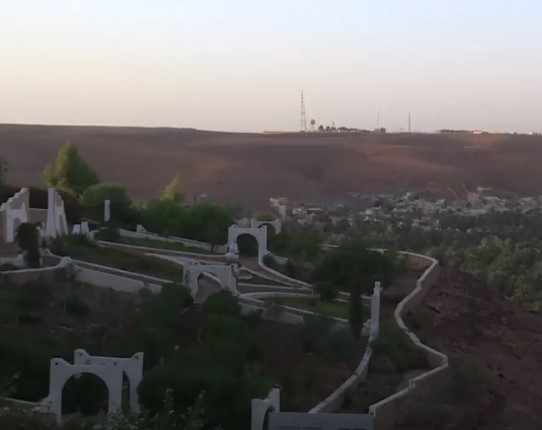
“We’ve invented nothing. We’re only carrying on our ancestors’ vision by respecting nature and allowing it to coexist with us.”
Ksar Tafilelt used to be nothing but sand and a rocky hill.
Salt Water Rice For A World of Rising Tides
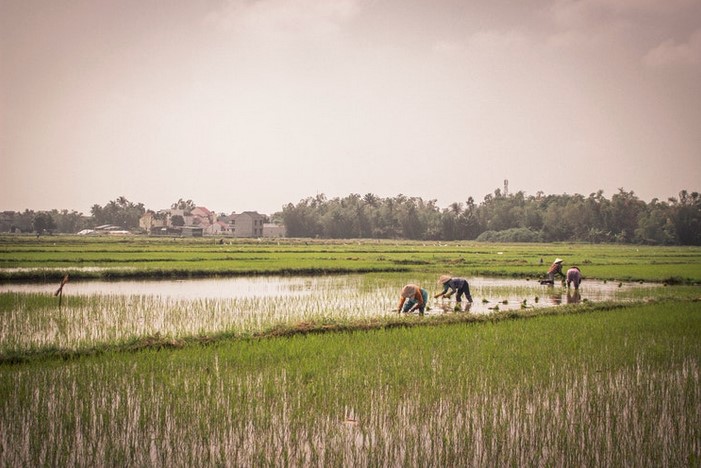
More than half the global population relies on rice to survive, but meeting that demand is difficult due to the increasing scarcity of freshwater, which is required for rice cultivation. To get around the problem, an 87-year-old Chinese scientist named Yuan Longping is developing a new high-yield strain of rice that grows in saltwater.
https://www.weforum.org/agenda/2017/11/china-has-developed-a-rice-that-grows-in-seawater
A Solarpunk Manifesto
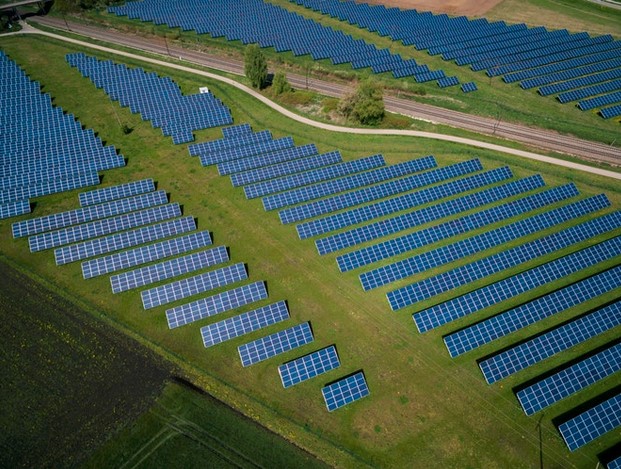
Step aside, Cyberpunk, Steampunk: here comes Solarpunk.
Solarpunk intends to wrench science fiction from both Steampunk’s magical tech fantasies and Cyberpunk’s tech-gone-wrong. If the energy substrate of the Steam era was coal, and that of the Cyber era was oil, Solarpunk foreshadows and aims to anticipate environmental catastrophe by skipping to solar. As Solarpunk manifesto-writer Adam Flynn writes, if “steampunk is ‘here’s yesterday’s future that we wish we had,’” and “cyberpunk was ‘here is this future that we see coming and we don’t like it,’” then “Solarpunk might be ‘here’s a future that we can want and we might actually be able to get.’”
Thx BruceS/Wired; header photo by Andreas Gücklhorn on Unsplash



